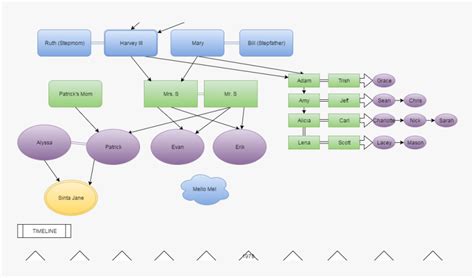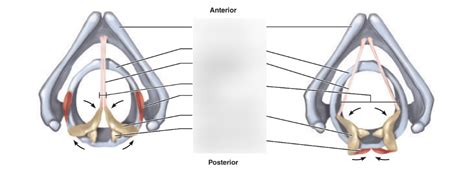The Adolescent Vocal Transformation: A Deep Dive into Male Voice Change
Puberty is a period of dramatic transformation, and for boys, one of the most noticeable changes is the deepening of their voice. This isn’t just a superficial shift; it’s the result of significant anatomical changes driven by a surge in hormones. Understanding how the vocal cords lengthen during this critical developmental stage reveals the intricate biological processes behind this quintessential male experience.
Before puberty, boys’ voices are typically higher in pitch, similar to those of young girls. This is due to the relatively small size of their larynx and the short, thin nature of their vocal cords. As puberty commences, however, a cascade of hormonal events sets in motion the remarkable changes that redefine the male vocal range.

Understanding the Vocal Apparatus
The human voice is produced by the vibration of the vocal cords (also known as vocal folds), which are two bands of smooth muscle tissue located within the larynx, or voice box. The larynx itself is a cartilaginous structure positioned at the top of the trachea (windpipe). When air passes from the lungs through the vibrating vocal cords, it creates sound waves, which are then modulated by the pharynx, mouth, and nasal cavity to form speech.
The Role of Hormones: Testosterone’s Command
The primary driver of vocal cord changes in males during puberty is testosterone, the dominant male sex hormone. As testosterone levels rise significantly, they trigger a growth spurt throughout the body, including specific structures involved in voice production. This hormonal surge is what differentiates male vocal development from female vocal development, as girls experience a less dramatic increase in vocal cord length and thickness.
Structural Changes in the Larynx and Vocal Cords
Testosterone stimulates the growth of the entire larynx. The cartilages of the larynx, particularly the thyroid cartilage (which forms the Adam’s apple), become larger and more prominent. Concurrently, the vocal cords themselves undergo a substantial transformation. They lengthen by about 60% on average, growing from approximately 15-20 mm to 20-25 mm in their final adult length. In addition to lengthening, the vocal cords also become thicker and acquire more mass.

This increase in length and mass has a direct impact on the fundamental frequency of the voice. Longer and thicker strings, like those on a musical instrument, vibrate more slowly, producing a lower pitch. Similarly, longer and thicker vocal cords vibrate at a lower frequency, resulting in a deeper voice.
The Mechanism of Voice Deepening
The process of vocal cord lengthening and thickening doesn’t happen overnight; it typically occurs over several months, sometimes even a year or more. During this transitional period, boys often experience what is commonly known as a ‘voice crack’ or ‘voice break.’ This occurs because the muscles controlling the vocal cords are still adapting to their new size and mass, making it challenging to maintain a consistent pitch. The voice might suddenly shift between a high and low pitch as the larynx adjusts to its rapid growth.

Once the vocal cords reach their adult size and the laryngeal muscles adapt, the voice stabilizes at a lower, more consistent pitch. The average male adult voice is typically about an octave lower than that of an adult female, a direct consequence of these pronounced anatomical changes during puberty.
Individual Differences and the Timeline
While the general process is consistent, the exact timing and degree of vocal cord lengthening can vary significantly among individuals. Genetics, overall pubertal timing, and hormonal sensitivity all play a role. Some boys may experience a rapid and pronounced voice change, while for others, it might be a more gradual process.
![🔥 [70+] Sound Waves Wallpapers | WallpaperSafari](/images/aHR0cHM6Ly90czEubW0uYmluZy5uZXQvdGg/aWQ9T0lQLmw3aW1qb0JuN3JrcDB3dVNpZ3MyWVFIYUVvJnBpZD0xNS4x.webp)
A Symphony of Growth
The lengthening of male vocal cords during puberty is a fascinating example of how hormonal changes orchestrate dramatic physical development. From the subtle vibrations within the larynx to the pronounced resonance of a deeper voice, this journey transforms a boy’s vocal identity, marking a significant milestone in his transition into adulthood. It’s a natural, complex process that highlights the incredible adaptability and precision of the human body.





